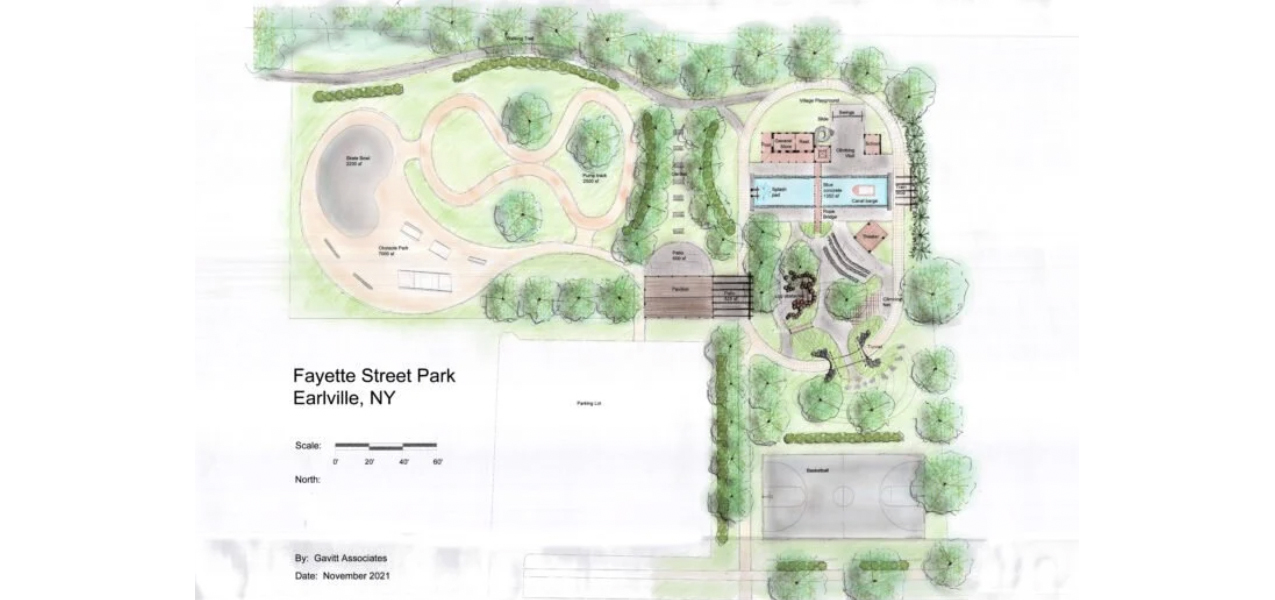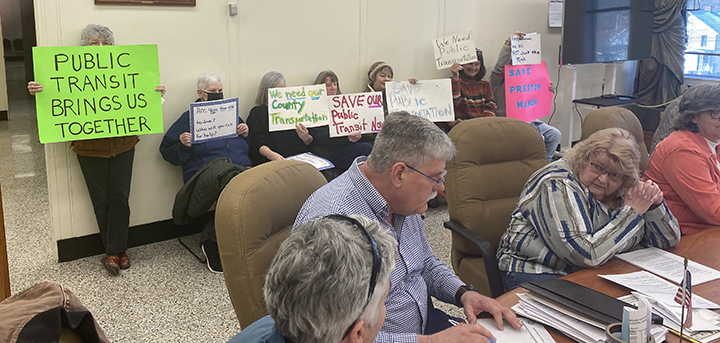Federal energy congestion study released
NORWICH – The federal electricity congestion study released Tuesday by the U.S. Department of Energy highlighted the benefiting region of the New York Regional Interconnection as part of the “Critical Congestion Areas” in the United States.
The report specifically listed a large area from metropolitan New York down to Northern Virginia, along with Southern California, as the spots where congestion problems were most “severe.” The study also outlined several less-problematic “Congestion Areas of Concern” and “Conditional Congestion Areas.”
“The northeast and southwest leapt off the page at them,” said Office of Electricity Delivery and Energy Reliability Director Kevin Kolevar, speaking of the study’s researchers.
The study states that New York City, Long Island and Southeastern New York will need more transmission and generation facilities by 2008. It also alluded to the federal government playing a larger role in approving transmission facilities.
“For the two areas identified above as Critical Congestion Areas,” the study states, “the Department believes it may be appropriate to designate one or more National Interest Electricity Transmission Corridors.”
In late March, Albany-based New York Regional Interconnect Inc. announced its plan to site and construct $1.6 billion 400,000 volt transmission line from Oneida to Orange County, claiming the line would relieve New York’s downstate congestion.
Since the announcement, thousands along the nearly 200-mile corridor have voiced opposition to the project. Many have questioned the motives and corporate structure of NYRI, and the possible negative effects the power line could have on local economies, environments, and public health.










Comments